When Susan Ogilvy starting painting nests in her garden she realised there were few pictorial accounts of these complex creations
One day about five years ago, while she was clearing up her Somerset garden after a storm, Susan Ogilvy found a curious object under a fir tree. “I had no idea what it was,” she recalls of the small, sodden green lump. “It clearly hadn’t grown naturally; it had been made by something. I picked it up and brought it inside and put it on a wodge of newspaper and, as the weight of water drained out of it, it sprang up into this absolutely fantastic nest.”
Her immediate response to her discovery – an unfinished chaffinch nest as it turned out – was to sit down and paint it. Ogilvy, a veteran botanical illustrator, had recently published a book about tree leaves, but on this occasion she was painting “just for the sheer pleasure of it”. She chuckles: “I didn’t know anything about nests. I was one of those people who thought of them as little twiggy things.”
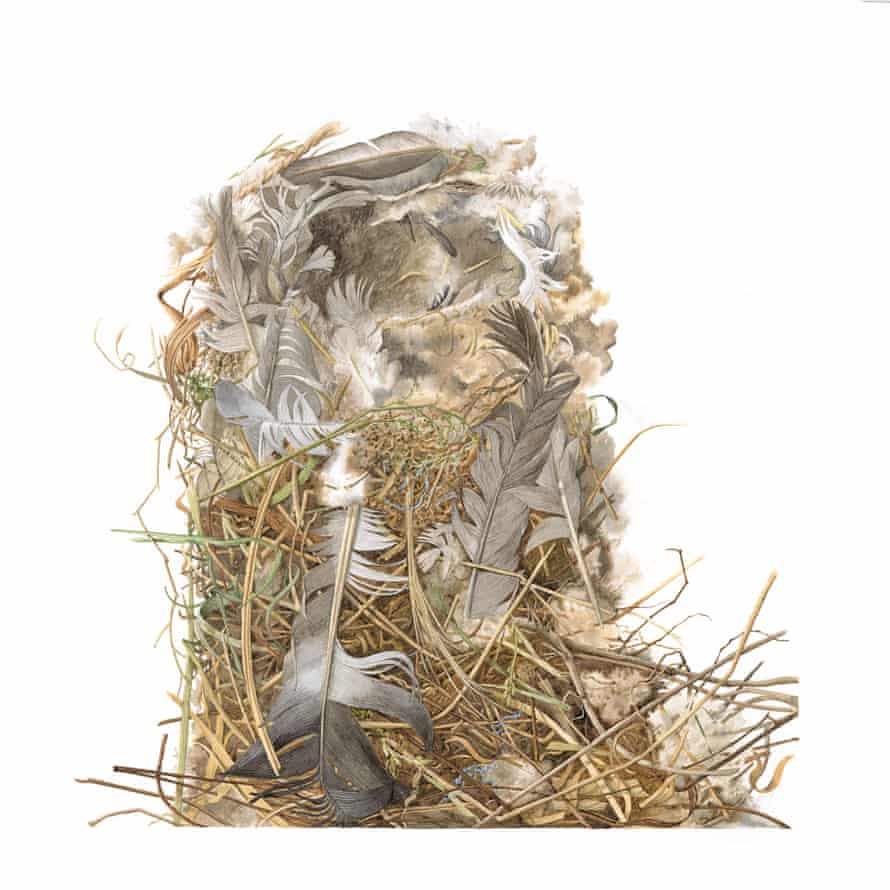
Her interest snagged, she actively began seeking out more nests to paint. Friends and relatives got wind of her new project and she would come home to find “a nest in a carrier bag hanging on the kitchen doorknob”. But the literature was lacking.
“I kept looking for books about nests, but I couldn’t find any on British and European birds,” she says. “I did have an old book that had belonged to my father, from 1932, and it was quite informative, but the photographs were very blurry. I started to realise that these wonderful avian architects weren’t being heralded with the acclaim they deserved.”
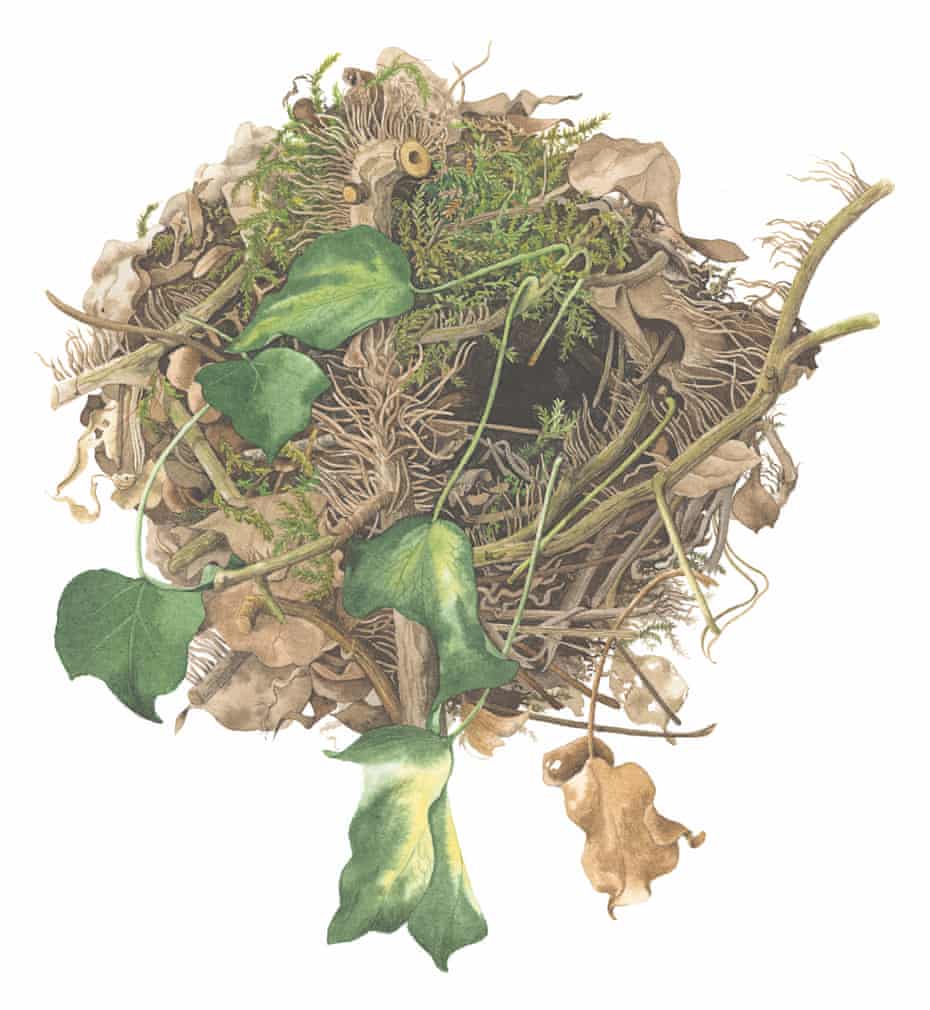
About a year later, when she had 10 illustrations in the bag, she decided to do the heralding herself. The result, completed in a flurry of activity over lockdown, is a magical book entitled simply Nests, featuring about 60 meticulously painted British bird nests, from the small and perfectly formed (wrens), to the slapdash (collared doves), to the outright baroque (house sparrows).
Her knowledge expanded with the help of an ornithologist named Deon Warner, who brought her numerous vacated nests – Ogilvy is eager to stress that no birds were disturbed in the process – and taught her how to tell them apart.
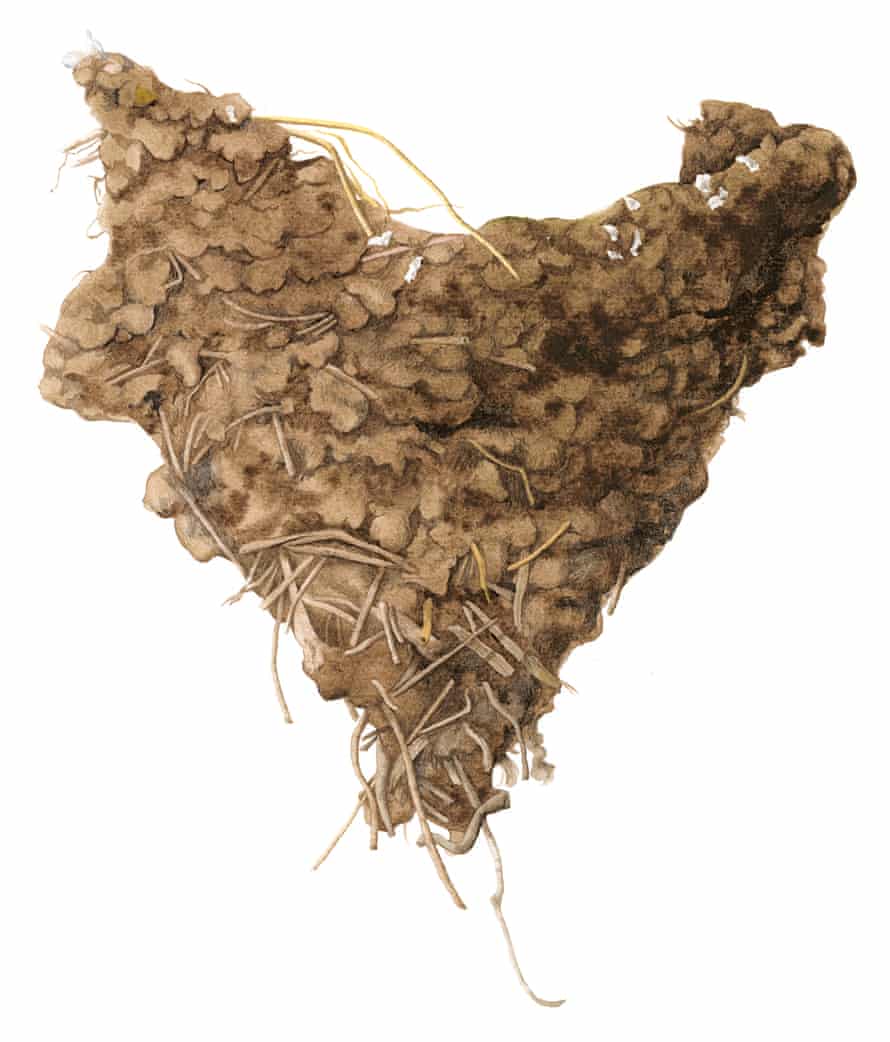
“Each species uses its own architecture, which must be purely instinctive,” she says. “For example, chaffinches build a very symmetrical round nest, out of moss and cobwebs mostly. But a chaffinch living in a place where there isn’t moss and cobwebs will still build the same round nest, but might use lichen or something else.”
The use of cobwebs surprised her. “But actually, a lot of birds use cobwebs. How brilliant of them, and how sensible: it’s strong, sticky, lightweight. It’s got everything going for it.”
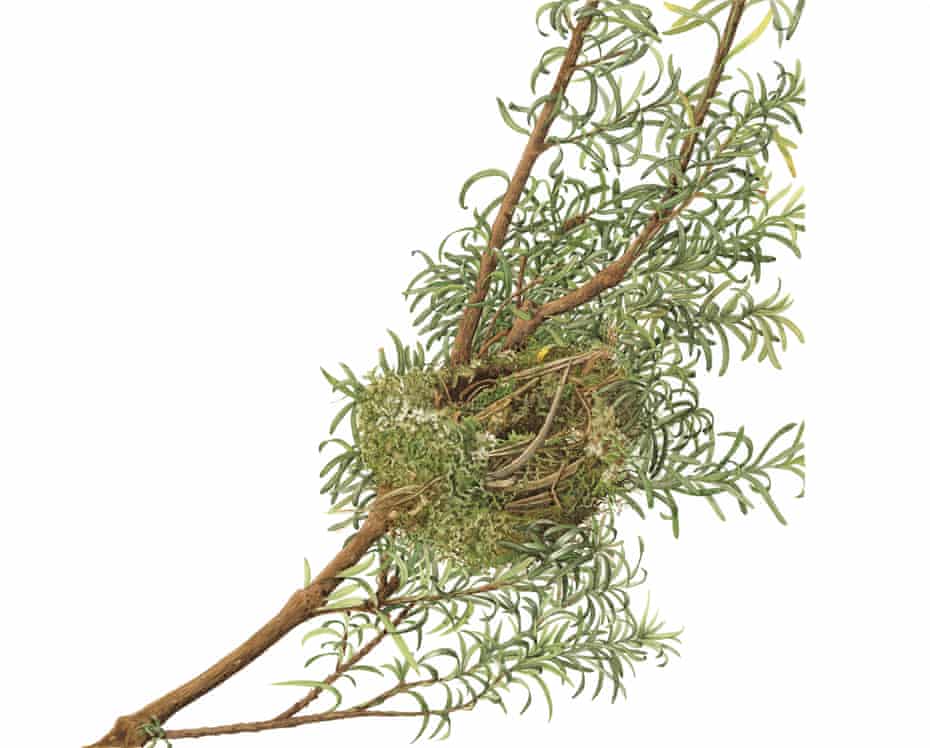
Painting the nests further deepened her respect for birds’ skill and ingenuity. “It’s a bit like doing a jigsaw puzzle. You ask yourself, where does that piece of grass go? And then, looking closely, you follow its route through, trying to get it to come out in the right place at the other side. I enjoy that.”
Some nests took her two or three days to complete; others were far more demanding. “I think the longest are the mistle thrush nests, which are very complicated and intricate. They take a good two or three weeks. I painted flat out the whole of last year,” she says. “Lockdown flew by. I was very fortunate.”
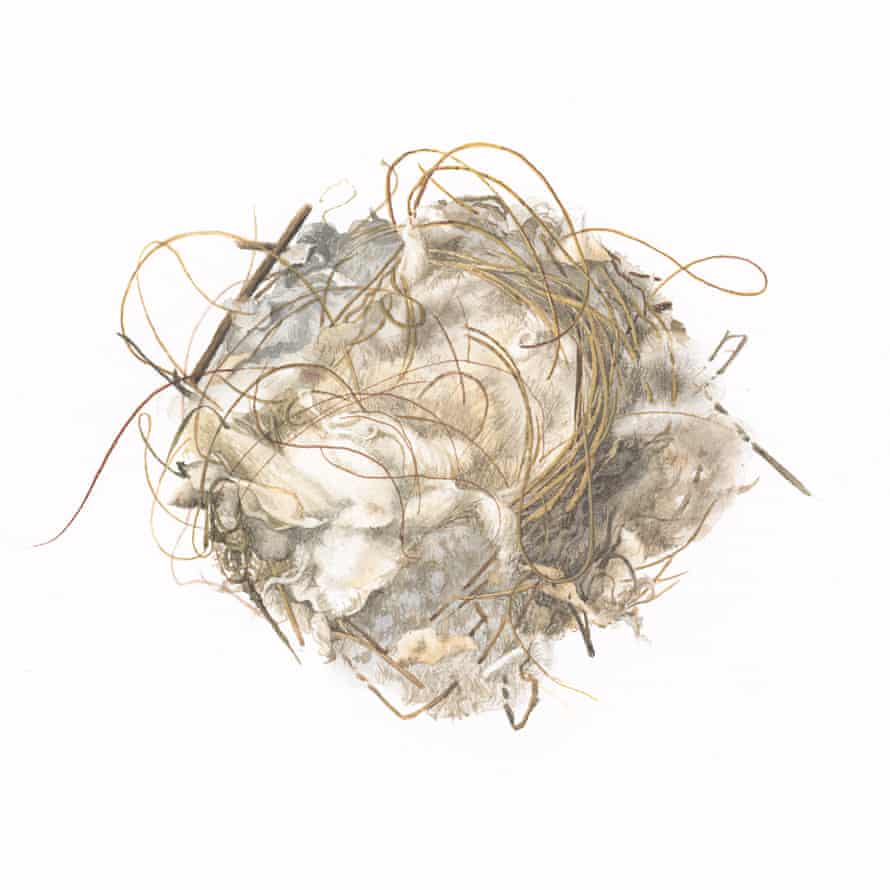
Ogilvy is both excited and apprehensive about bringing nests to a wider audience. “It’s been such an extraordinary adventure for me that I wanted to share it,” she says. “But at the same time, I wanted to drill into people that these birds deserve respect as well as admiration. And,” first and foremost, she says, “they mustn’t be disturbed. That’s the most important lesson in the whole book.”